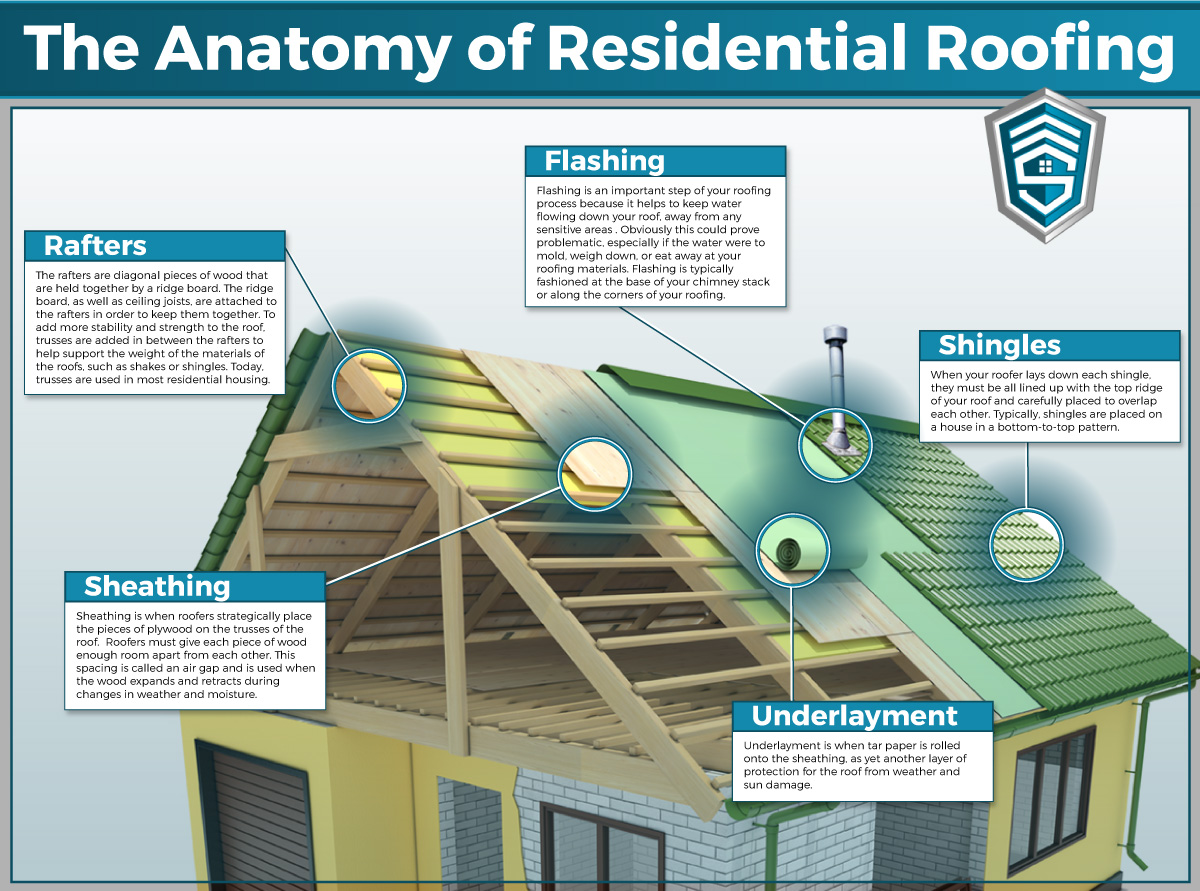Discover The Influence Of Various Weather Conditions On Your Roof Covering Installation To Ensure A Premium Job
Discover The Influence Of Various Weather Conditions On Your Roof Covering Installation To Ensure A Premium Job
Blog Article
Web Content Written By-Bennett Drachmann
When it concerns roof installments, the climate can make or break the task. Visualize the irritation of handling products that won't cooperate due to severe warmth or battling unsafe surfaces brought on by unexpected rainfall. Understanding the impact of climate condition on your roofing job is important for a successful outcome. So, allow's explore how various weather aspects can influence the top quality and durability of your roof covering installment, guaranteeing a task well done.
Effect of Temperature on Roof Covering Installation
When it involves roof installation, temperature plays an essential function in the process. The excellent temperature level for roofing tasks generally drops between 45 and 85 degrees Fahrenheit. Extreme warm can trigger materials like tiles to become also pliable, leading to possible damages during installment. On the other hand, chilly temperatures can make products weak and susceptible to splitting. It is very important to set up roof covering installations during moderate temperatures to make certain the most effective result.
Throughout cooler climate, contractors might need to take additional precautions such as making use of heated devices or enabling products to warm up before installation.
On the other hand, heat might require job to be done earlier or later in the day to stay clear of the peak temperature levels. By considering the temperature and its effects on roof covering products, you can aid ensure a successful installation that will certainly stand up to the elements for many years ahead.
Impact of Rainfall on Roofing Projects
Roof jobs can be considerably impacted by rainfall, affecting both the timeline and the high quality of the installment. Rainfall or snow can produce slippery problems, making it harmful for roofing professionals to service a wet surface area. Furthermore, moisture can compromise the attachment of materials like roof shingles or underlayment, resulting in potential leakages or problems in the future.
If it rains during a roof covering job, the water can seep right into susceptible areas, creating hold-ups as the installation staff must await the roofing to completely dry before proceeding. Extreme moisture can additionally advertise the growth of mold and mold, more threatening the integrity of the roofing system.
To avoid these issues, it's recommended to arrange roof projects throughout drier seasons or monitor the weather forecast closely to plan around any type of potential rainstorms. By taking safety measures to work in desirable weather conditions, you can make certain a smoother and more effective roof setup process.
Impact of Wind Rate on Installment Success
During roof installation, the rate of the wind plays a vital function in figuring out the success of the project. High wind rates can position significant obstacles to roofing contractors, possibly resulting in safety dangers and quality problems. When https://www.constructioncanada.net/wind-design-for-roofing-misconceptions-and-consequenes/ go beyond recommended limitations, it becomes challenging to manage products, increasing the threat of accidents and damages to the roofing materials. Solid gusts can likewise affect the accuracy of dimensions and the precision needed for proper installation.
To ensure https://advantage-roofing62849.newbigblog.com/36201124/the-vital-feature-of-roofing-air-flow-impacts-on-energy-performance-and-overall-lifespan covering setup, it's essential to keep track of and take into consideration wind rates. Preferably, roof installation ought to happen on days with low to moderate wind rates. This not just boosts the safety and security of the workers yet also improves the total high quality of the setup.
Roof covering tasks set up throughout tranquil climate condition are more likely to be finished efficiently and with less errors. By taking note of wind speed projections and preparing appropriately, you can help ensure a smooth and effective roof setup process.
Final thought
So, when it pertains to roof setup, remember to consider the weather to ensure a successful task. Optimum temperature levels, dry conditions, and moderate wind speeds are vital factors to prioritize for a smooth installation procedure. By arranging your job during the most effective seasons and suitable climate condition, you can achieve a resilient and long-lasting roofing that will safeguard your home for years to find.
